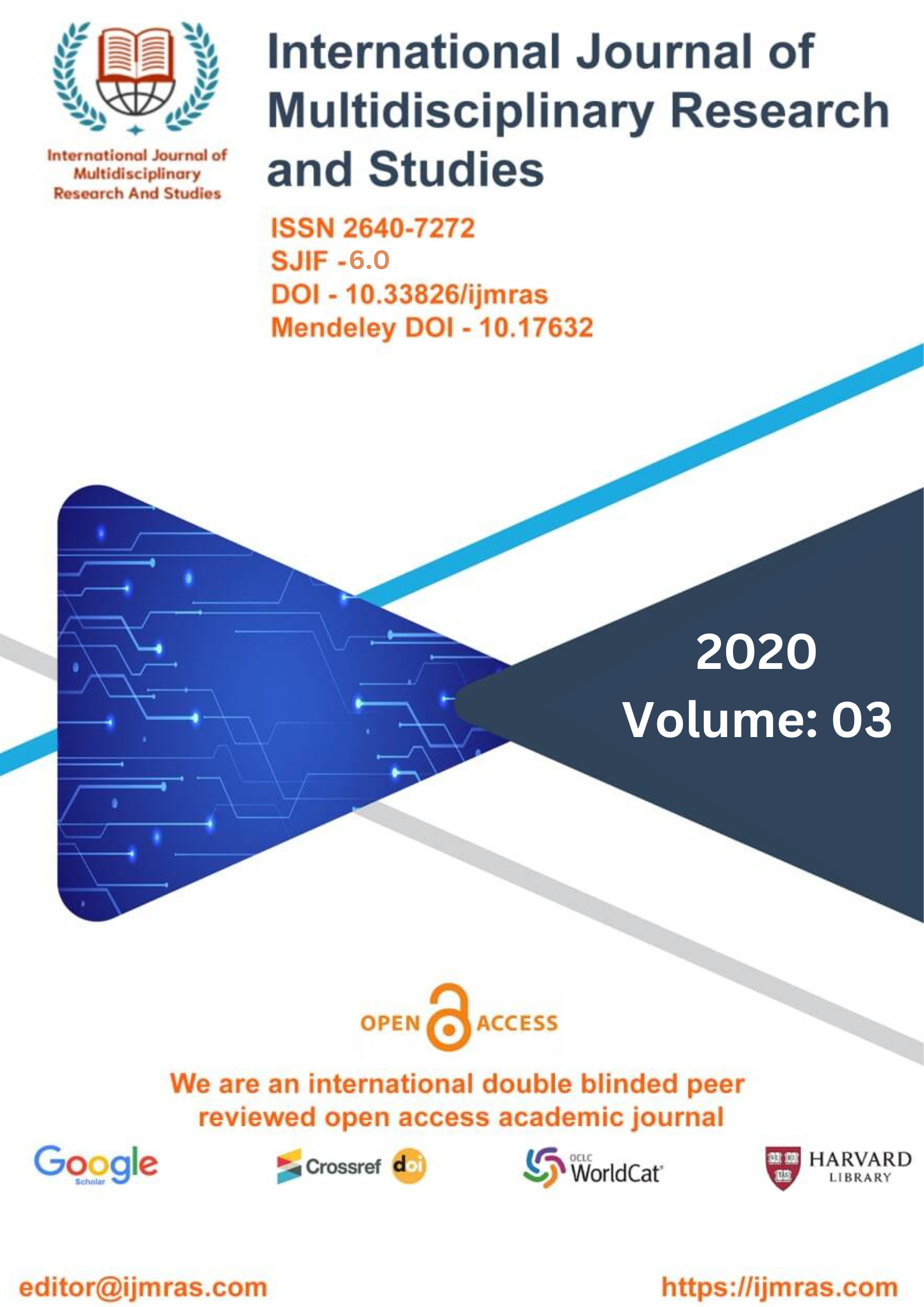AN ETHNOBOTANICAL STUDY OF MEDICINAL PLANTS USED BY THE TRIBALS

Abstract
Ethnobotany is the study of the many ways in which various ethnic cultures make use of plants in their day-to-day lives. Dr. John Harsberger of the University of Pennsylvania used the term "ethnobotany" for the first time in 1895 to describe the study of plants used by primitive and aboriginal people. The term was widely accepted and first adopted by J. Walter Fewnes in 1896. Ethnobotany is the study of plants used by primitive and aboriginal people. The field of ethnobotany is subdivided into a large number of disciplines in accordance with the subgroups of the plant kingdom. Some of these subdisciplines include ethnoalgalogy, ethnomycology, ethnobryology, ethnopteridology, and ethnolichenology. Other aspects of botany, such as classification systems, medicinal uses, palaeobotany, and ecology, are referred to as ethnotaxonomy, ethnomedico botany, palaeo (Jain, 1987). Even as far back as prehistoric times, practically all human civilizations have used medicinal plants to cure a variety of human ailments. The sages of India possessed an unrivalled depth of knowledge on the plants used in medicine. The "Rig Veda" is the oldest storehouse of medical knowledge, with its origins dating back to between 4500 and 1600 BC. The "Atharva Veda" came after the "Rig Veda," and it is in this text that a variety of medicinal and spiritual benefits of plants are described. A holistically focused practice or system of health treatment, known as "Ayurvedic medicine," has developed over the years from the traditional Indian medicine that has been practiced for many years and has been very well codified. India is blessed with a diverse environment, ranging from alpine in the Himalayas to tropical wet parts in the south and dry regions in Rajasthan. This range of climates allows India to reap the benefits of each. Due to the existence of such climatic circumstances, the Indian subcontinent is home to a flora that is both diverse and abundant (Rawat and Uniyal, 2003).
Keywords
Ethnobotany, Rig Veda, Ayurvedic medicineHow to Cite
References
Chandak, Raman R., Ipper G. Balaji and Subhash J. Devdhe., (2010). Preliminary phytochemical investigation of extract of leaves of Pergularia daemia Linn. IJPSR. Vol. 1 (1):
Daniel, H., (1991). Methods in plant biochemistry and Economic botany. Kalyani Publication, New Delhi.
Elayaraja, Arasan., Muthupandi, Subbaiah Radhakrishnan, Mageswaran and Raheman Sheikh Abdul., (2015). In Vitro Antioxidant and Antibacterial activity of Plant extracts of Pergularia extensa Chiov. International Peer reviewed Journal. 7 (3):
Elangovan, Annadurai A., Velmurugan S. and Ravikumar R., (2013). Preliminary phytochemical screening and antibacterial activity of Cardiospermum helicacabum L. Advances in Applied science Research. 4 (5):
Ganesan, S., (2006). Traditional Oral Care Medicinal plant Survey of Tamilnadu. Natural Product Radians. 2 (7):
Gangwar, Atul Kumar, Ashoke K. Ghosh and Vikas Saksena., (2013). Stadardization and Antibacterial activity of Thevetia neriifolia Juss. Internationl Journal of Herbal Medicine. 1 (3):
Gopal, R. M., Prabhakaran K., Pradeepa C. B., Devi S. Amirtham and settu A., (2014). Phyhochemical and antibacterial activities of Cardiospermum halicacabum leaf extract. Archives of Applied Science Research. 6(4):
Hammuel, C., Abidullahi M. S., Mankilik M., Anyim B. P., Adesina O. B., Inekwe U. V., Udiba U. U. and Batari M. L., (2011). The phytochemical and antimicrobial activities of oil from the seed of Thevetia peruviana plant. J. Appl. Environ. Biol. Sci. 1 (12):
Harbone, J. B., (1984). Phytochemical Methods. A guide to modern techniques of plant Analysis, 2nd Edition, Chapman and Hall, London.
Johansen, D. A., (1940). Plant microtechnique, Mc Graw Hill New York.
Jogi, Pravin S. and Dr. Akkewar D. M., (2012). Phytochemical screening and antimicrobial activity of medicinal plant Pergularia daemia from Chandrapur forest region. International Journal of Natural Products Research. Vol. 1 (3):
John, De Britto and Steena Roshan Sebastian., (2013). Phytochemical evaluation andin vitro antibacterial screening of Wrightia tinctoria (Roxb) R. Br. against enteric pathogens. IJPCBS. Vol. 3 (2):
Jose, Beena, Jesy E. J. and Ritty J. Nedumpara., (2014). Evaluation of the DPPH free radical scavenging activity of Wrightia tinctoria R.Br. Leaf, Bark and seed extracts. World Journal of Pharmaceutical Research. Vol. 3 (3):
Jose, Beena and Alice Thomas., (2014). Statistical Analysis of the Antimicrobial Activity of Wrightia tinctoria leaf and Bark extracts. International Journal of Pharmacy, Pharmaceutical Science. Vol. 6 (7):
Khandekar, U. S., Ghongade R. A. and Mankar M. S., (2013). Phytochemical Investigation on Wrightia tinctoria fruit. International Journal of Pharmacognosy and Phytochemical Research. Vol. 5 (1):
Khyade, Mahendra S. and Nityanand P. Vaikos., (2009). Pharmacognostical and Physico-chemnical standardization of Leaves of Wrigthia tinctoria R. Br. International Journal of Pharmaceutical Research and Development. Vol. 8:
Khyade, Mahendra S. and Nityanand P. Vaikos., (2009). Antibacterial Evaluation and Phytochemical Analysis of Wrightia tinctoria (Roxb.) R. Br. Leaves. Pharmacology online. Vol. 2:
Khyade, M. S. and N. P. Vaikos., (2011). comparitive phytochemical and antibacterial studies on the bark of Wrightia tinctoria and Wrightia arborea. International Journal of Pharma and Biosciences. Vol. 2(1):
License
Copyright (c) 2020 SUJATA BHARTI

This work is licensed under a Creative Commons Attribution 4.0 International License.
Individual articles are published Open Access under the Creative Commons Licence: CC-BY 4.0.



